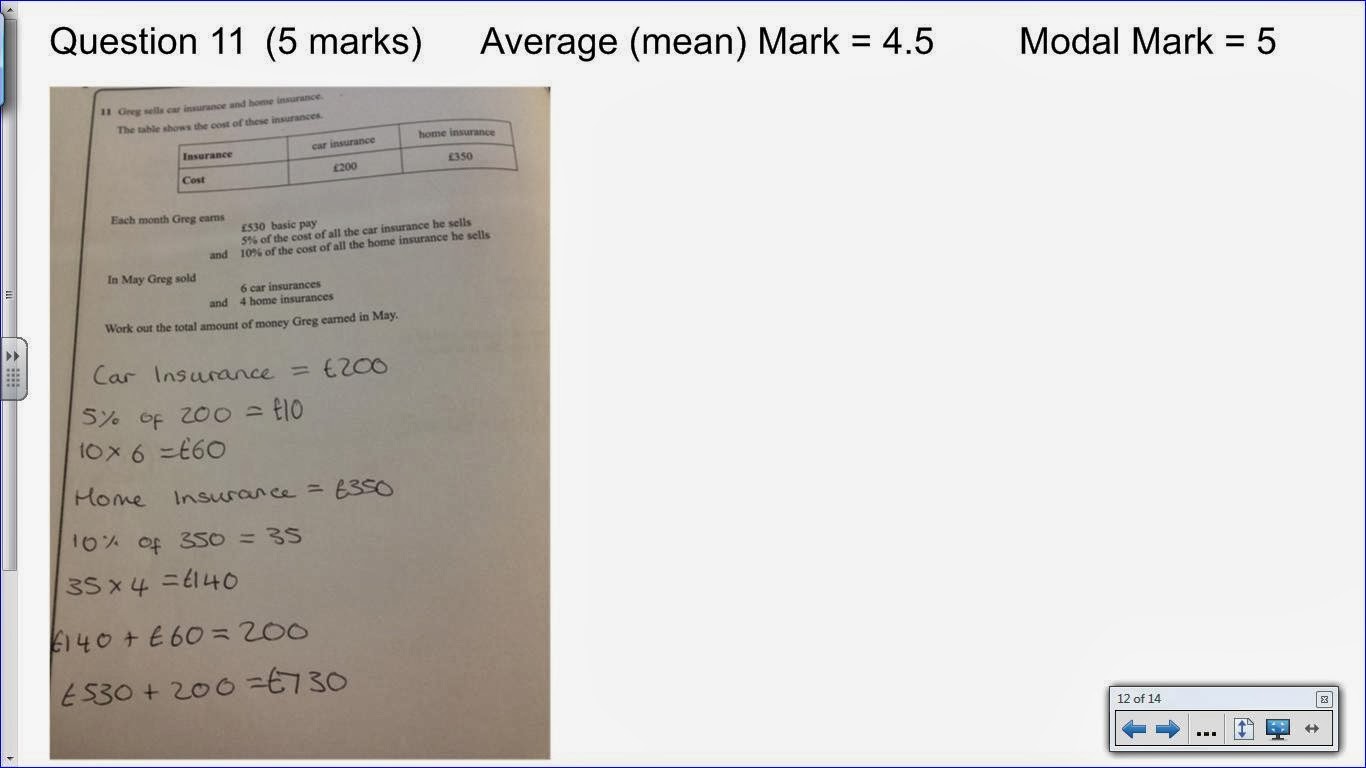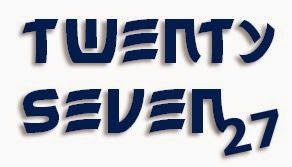Earlier this year I saw the following tweet from @thththalia...
What I loved about this was the WAGOLL...'What a good one looks like'. I'd never seen/heard of this before, but thought that I could use it when giving feedback to my GCSE classes after they had completed a past paper/assessment.
I tried it out initially with my Y10 set 1 class at the end of last month.
Now, when I was setting up their feedback lesson I thought about writing 'examplar' answers to the questions they had in their past paper assessment. However, what I liked about the tweet above was that the WAGOLL had come from the students themselves. So, taking this into account I thought it'd be better if it was the students answers I used to show the class WAGOLL.
Having looked at my spreadsheet where I brake down the marks for each student by question, I picked out those students who had achieved full marks on each of the 1st 10 questions on the paper (I wanted to focus the class on being able to pick up full marks on the 1st half of the paper in order for them to achieve the highest grades possible).
Here's my breakdown spreadsheet (names removed obviously)...
As you can see I work out the average mark per question for the class and have worked out the modal mark for each question too.
Next, I took pictures of those students answers where they had scored full marks and set up a presentation to go through in class.
Here's the opening slide that I had on the IWB as they entered...
As the class entered I only had the title and the 'WAGOLL' shown and the rest of the slide was hidden by the SMARTnotebook blind. They were all trying to figure out what 'WAGOLL' meant as it was the first time they had seen it.
I then handed out their papers and gave them time to look through their questions, ask any questions, find out what their friends had got etc. Then, I revealed what WAGOLL meant and gave them the snapshot figures for the class.
I then explained we were going to go through the 1st few questions on the paper and that I had photographed some of their work to show examples of 'What A Good One Looks Like'.
For each question I had a slide, like below, where I gave brief info on the question, marks allowed, the class' average (mean) mark and modal mark and then a picture of one of their answers. Here's an example...
The reaction from the class as we were going through the answers to each question was far better than when I had tried to go through questions with them in the past using the exam paper and writing the answers on the board. The reasons being, I think, were that:
What I loved about this was the WAGOLL...'What a good one looks like'. I'd never seen/heard of this before, but thought that I could use it when giving feedback to my GCSE classes after they had completed a past paper/assessment.
I tried it out initially with my Y10 set 1 class at the end of last month.
Now, when I was setting up their feedback lesson I thought about writing 'examplar' answers to the questions they had in their past paper assessment. However, what I liked about the tweet above was that the WAGOLL had come from the students themselves. So, taking this into account I thought it'd be better if it was the students answers I used to show the class WAGOLL.
Having looked at my spreadsheet where I brake down the marks for each student by question, I picked out those students who had achieved full marks on each of the 1st 10 questions on the paper (I wanted to focus the class on being able to pick up full marks on the 1st half of the paper in order for them to achieve the highest grades possible).
Here's my breakdown spreadsheet (names removed obviously)...
As you can see I work out the average mark per question for the class and have worked out the modal mark for each question too.
Next, I took pictures of those students answers where they had scored full marks and set up a presentation to go through in class.
Here's the opening slide that I had on the IWB as they entered...
As the class entered I only had the title and the 'WAGOLL' shown and the rest of the slide was hidden by the SMARTnotebook blind. They were all trying to figure out what 'WAGOLL' meant as it was the first time they had seen it.
I then handed out their papers and gave them time to look through their questions, ask any questions, find out what their friends had got etc. Then, I revealed what WAGOLL meant and gave them the snapshot figures for the class.
I then explained we were going to go through the 1st few questions on the paper and that I had photographed some of their work to show examples of 'What A Good One Looks Like'.
For each question I had a slide, like below, where I gave brief info on the question, marks allowed, the class' average (mean) mark and modal mark and then a picture of one of their answers. Here's an example...
The reaction from the class as we were going through the answers to each question was far better than when I had tried to go through questions with them in the past using the exam paper and writing the answers on the board. The reasons being, I think, were that:
- The answers had come from the students themselves - some of them revelled in the fact that their answer had been chosen to show the class how to get full marks on that question.
- I discussed, for each question, why the person had achieved full marks and where they picked up each mark. This, when students had their papers to compare the WAGOLL answer with their answer allowed them to see clearly why they didn't get full marks and what they needed to do to get the extra mark/s.
- I added in a few practice questions after certain questions that were answered poorly by the majority of the class to break down going through question after question. I gave them time to complete the questions, we went through the answers and checked understanding and then moved onto the next question.

































